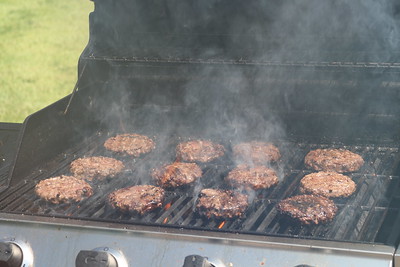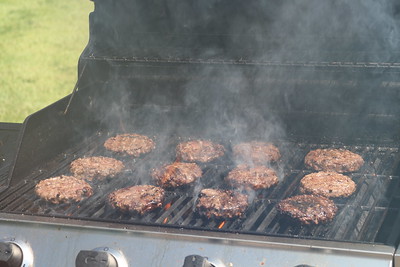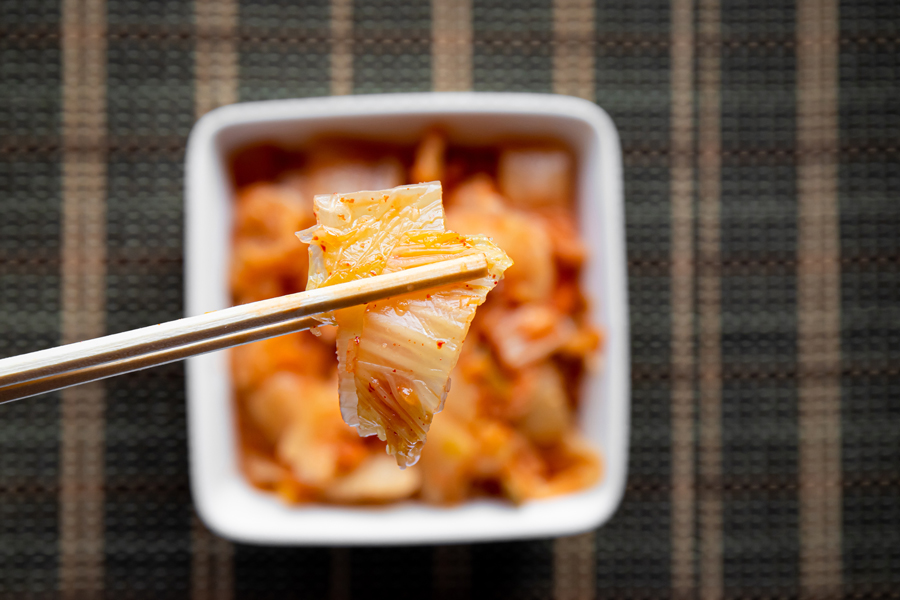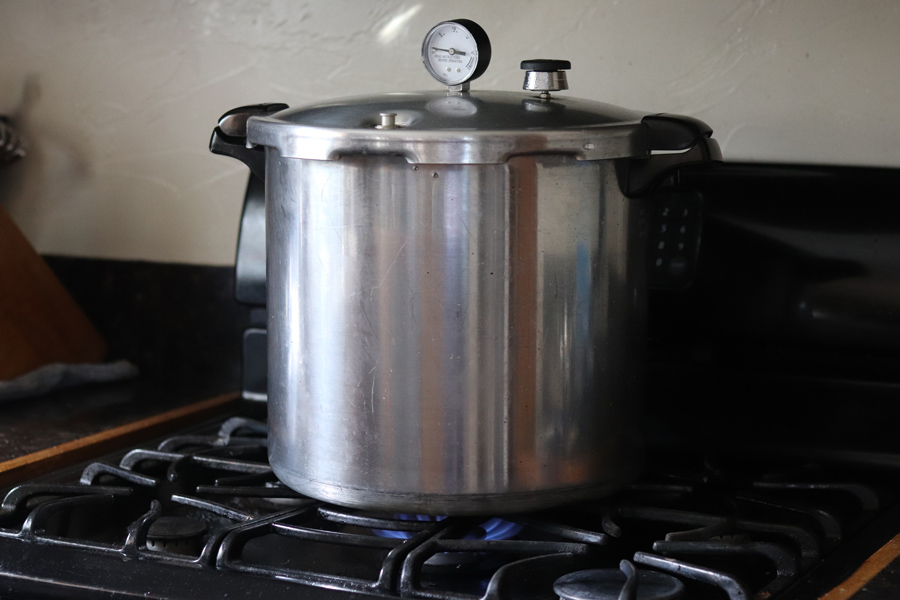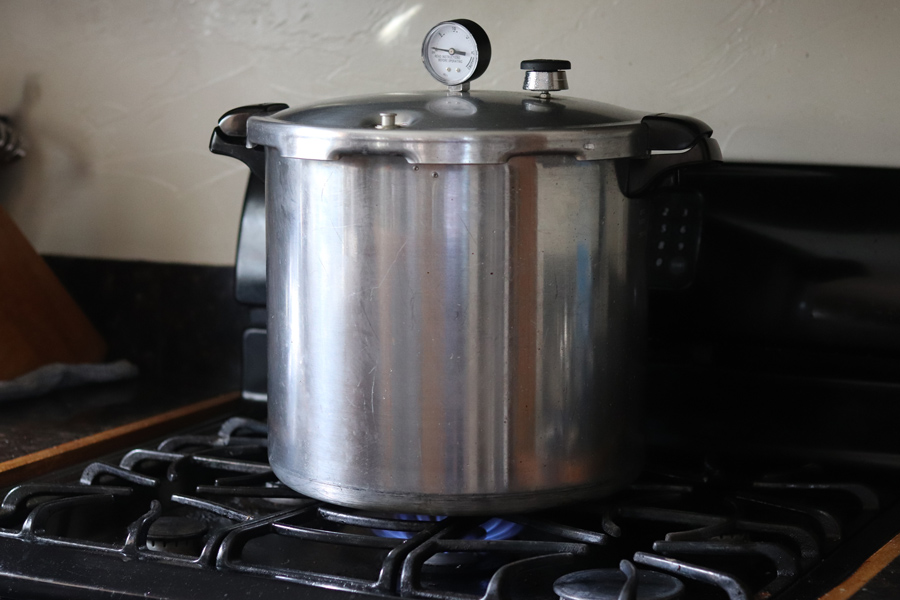Summer brings warm, sunny days and time outdoors, including grilling and eating outside. But just as we like the warmth and freedom of partying in the yard, so do bacteria that could make our food unsafe. They could turn a perfectly planned holiday cookout into a health concern, and even nightmare for some.
Food safety is as important when grilling and serving food outdoors as it is in the kitchen. Bacteria don’t care about ruining the summer fun if they get access to the food and temperatures they like to grow on.
Barbecuing is popular for the Fourth of July and throughout the summer months. Grilling safely requires some pointers to keep the cook and the food safe. There are some first-things-first tips to remember regardless of how picnics and meals are being prepared.
Remember cleanliness
Wash your hands before you touch food or utensils and right after you handle raw meat, poultry, seafood or eggs. For cooking out, if your grilling location has no running water or soap, take disposable hand wipes and hand sanitizer. You may want to use disposable gloves when handling raw items. Change into a new pair of gloves between handling raw products and food that is ready to eat.
Always keep the area where you prepare food clean and use clean utensils. If you’re working outside, take plenty of waxed paper, aluminum foil or disposable plates to use as clean preparation surfaces and have plenty of disposable utensils on hand. In the kitchen, keep counters, dishes and utensils clean by washing them with soap and hot water before rinsing. Counters should be sanitized after washing and rinsing if they were in contact with raw meat, poultry, seafood or eggs on them.
Keep foods separated
Keep raw foods and their juices and contaminated surfaces, dishes or utensils from coming into contact with foods that are already cooked or that can be eaten raw, like cleaned fruits and vegetables. Use a clean plate when removing cooked meats from the grill so that raw meat juices do not re-contaminate the cooked food. “Putting safely cooked meat or poultry back onto plates with raw juices just puts harmful bacteria back onto the cooked foods,” said Elizabeth Andress, University of Georgia Cooperative Extension food safety specialist and professor of foods and nutrition with the UGA College of Family and Consumer Sciences.
Be sure foods that are put into coolers are well wrapped to avoid cross-contamination. It is best to use separate coolers for ready-to-eat foods and salads and for raw meats, poultry or seafood that will be cooked before eating on site.
Cook meat, poultry, seafood and eggs thoroughly
There are minimum safe internal temperatures that should be checked with a thermometer before calling foods done. Meat or poultry that’s been cooked on the grill can brown quickly on the outside. But is it really done? Take the guesswork out of grilling by using a food thermometer.
When you check thin foods, like patties or chicken pieces, insert the stem of the thermometer through the side of the food to get an accurate reading. Wait at least 15 seconds to take the reading. Ground beef should reach at least 160 degrees Fahrenheit in the center to be safe. Poultry, whether it’s whole or ground, should reach at least 165 F. Beef, veal, lamb or pork (steaks, roasts or chops) should reach at least 145 F and be allowed to rest for three minutes before slicing or serving.
Keeping food cold
If outside, use coolers with plenty of ice or cold packs for perishable food. If inside, leave foods in the refrigerator until time to cook or serve them.
When thawing frozen foods, use methods that do not allow the food’s surface to warm up while the food is still frozen inside.
There are three safe methods for thawing foods. Thaw food ahead of time in the refrigerator that is set at 40 F or colder. Frozen foods can also be thawed in cold water, but that water should be cold and changed every 30 minutes to fresh cold water. If you are going to cook your food completely immediately after thawing it, you can also thaw in the microwave. Just be sure to use some method of final cooking right after microwave thawing.
If you plan to marinate meat or poultry before grilling, marinate it in the refrigerator, not on your kitchen counter. And do not reuse that marinade on the cooked food unless you bring it to a full boil first and boil for one full minute to kill harmful bacteria. If you know you want to do this, it would be safest to make enough marinade to use some to marinate raw meat or poultry and save an additional, fresh portion of marinade to use later for flavoring the cooked meat.
To hold cooked food until meal time and during serving, keep hot foods at or above 140 F and cold foods at 40 F or lower. Use warming trays and coolers with ice to control the temperature of your foods and keep them out of the temperature danger zone. Make sure foods do not stay in the temperature danger zone — less than 140 F for hot foods and more than 40 F for cold foods — for more than two hours total. If it is 90 F or higher, limit the time to one hour or less.
Finally, if foods have been left outside on picnic tables with lots of chances for contamination to occur during your meal, it’s best to throw leftovers away. Plan well so you don’t have leftovers or, if you do, be sure to handle them safely.
Follow personal safety while grilling
Be careful lighting the fire. Never use gasoline, fuel oil or kerosene. Avoid loose, flowing shirts, sleeves and skirts. Roll up long shirt sleeves and tuck shirt bottoms in. Long hair should be pulled back with a band or tucked securely up into a cap. Use long-handled utensils so your arms and hands are not too close to the fire. Keep cookware handles turned to one side away from the heat. Keep a water spray bottle or hose close by. Finally, be sure the fire is completely out before you leave it and clean the grill after use so that dirt and bacteria do not stick to it.
Celebrate the summer holidays and stay safe while you grill and chill! For more food safety information, visit fcs.uga.edu/extension/food.
